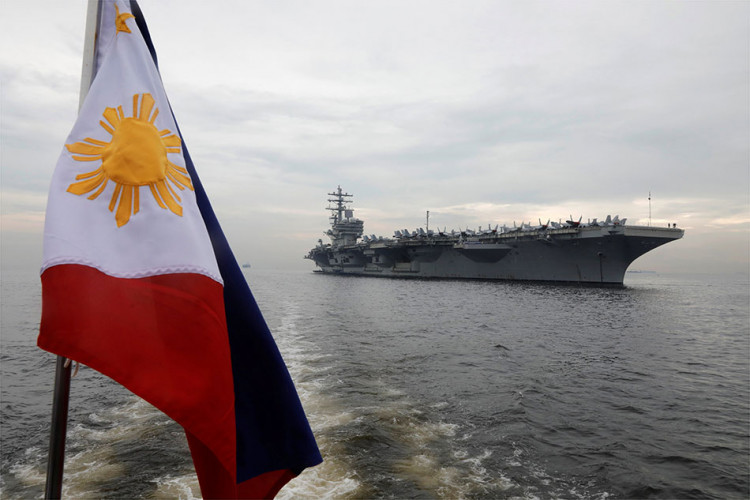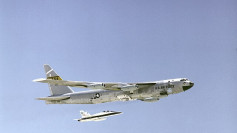Australia has agreed to conduct more joint military exercises with the United States in the South China Sea but will not join the U.S. Navy in conducting Freedom of Navigation Operations (FONOPS) in these waters.
.Australia's decision to forego FONOPS with the Americans was reiterated at the 30th Australia-United States Ministerial Consultations (AUSMIN 2020) held late July in Washington DC. Australia has announced no change to this position since this meeting.
AUSMIN, however, saw the U.S. and Australia signal their determination to strengthen defense cooperation, including on force posture, in the Indo-Pacific region. A joint statement by both countries acknowledged the presence of U.S. forces in the Indo-Pacific has been vital to preserving the region's security and prosperity for 75 years.
They signed a classified Statement of Principles on Alliance Defense Cooperation and Force Posture Priorities in the Indo-Pacific. The statement establishes a bilateral "Force Posture Working Group" that will promote a secure and stable region and deter coercive acts and the use of force by China.
The U.S. has kept urging Australia and its Royal Australian Navy join it in patrolling the South China Sea to keep China at bay. Like the U.S., Australia asserts China's claim to own practically the entire South China Sea is both illegal and nonsensical.
Australia and the U.S. urge China to abide by the 2016 decision of the Arbitral Tribunal in The Hague that China's maritime claims are not valid under international law.
Australia and the U.S. affirmed China cannot assert maritime claims in the South China Sea based on the discredited "nine-dash line," "historic rights," or entire South China Sea island groups, which are incompatible with the United Nations Convention on the Law of the Sea (UNCLOS).
They said the 2016 Arbitral Award is final and binding on both parties and emphasized that all claims in the South China Sea must be made and resolved in accordance with international law.
While brushing aside FONOPS, Australia is increasing the pace of its joint military exercises with the U.S. Last week, U.S. Air Force Northrop Grumman B-2 Spirit stealth bombers and Rockwell B-1B Lancer strategic bombers joined a combined United States-Australia exercise in Australia's Northern Territory.
The massive, long-range bombers from the 393rd Expeditionary Bomb Squadron flew over 6,000 km in multiple sorties from Naval Support Facility Diego Garcia to operate over the Delamere, Bradshaw and Mount Bundley training areas in Australia.
The bombers flew the missions as part of a combined task force with the Marine Rotational Force-Darwin and the Australian Defense Forces. The exercise focused on a naval expeditionary force's ability to rapidly deploy, integrate with allies, coordinate airstrikes and call for close air support on enemy targets.
The bombers provided air-to-ground support while U.S. Marines used both traditional and modern forms of target location and confirmation to call for coordinated, rapid-air strikes.






